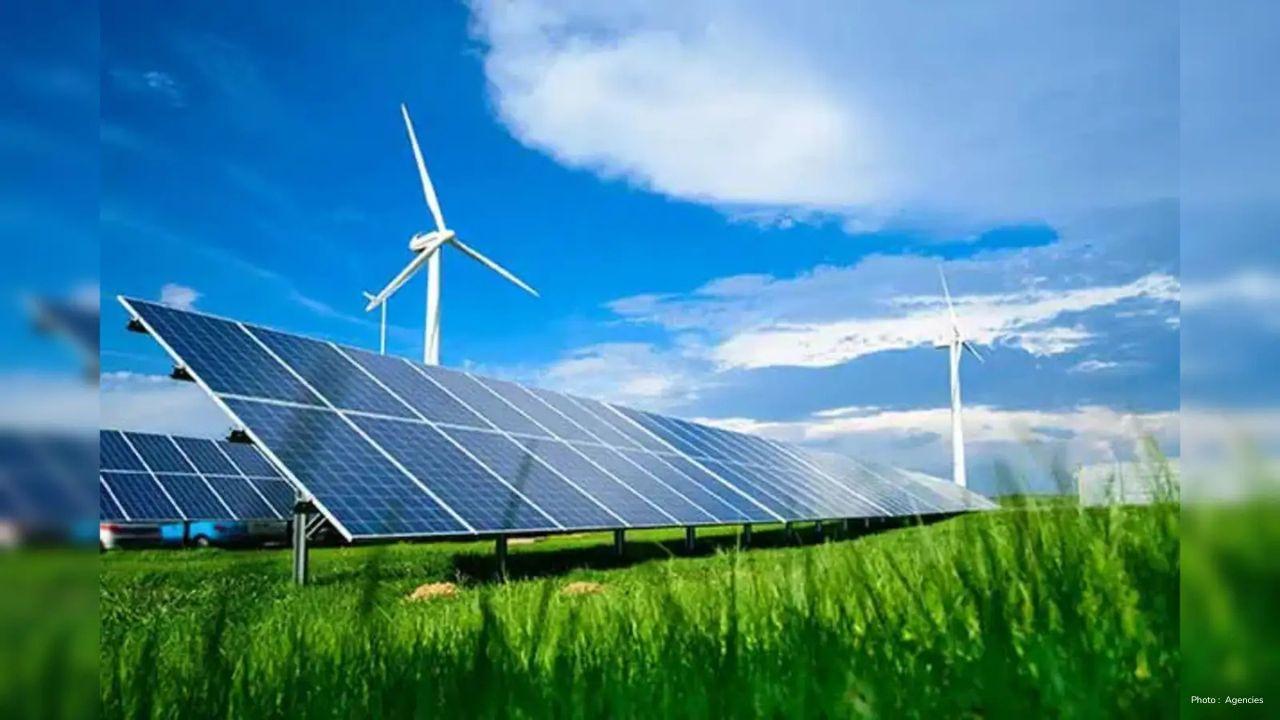
Post by : Saif Ali Khan
India is making big efforts to fight pollution and switch to clean energy. In 2025, the country is focusing on green energy like solar, wind, and hydro power. These renewable sources are helping India produce electricity without harming the environment.
Green energy is also creating jobs, saving money on fossil fuels, and helping people live healthier lives. The government, private companies, and communities are all working together to make India cleaner and greener.
What Is Green Energy?
Green energy comes from natural sources that do not pollute the air or water. Unlike coal, oil, or gas, it does not release harmful gases that cause climate change.
Common green energy sources in India include:
Solar Power: Energy from the sun using solar panels.
Wind Power: Electricity generated by wind turbines.
Hydro Power: Energy from rivers and dams.
Biomass: Energy from plants, crops, and organic waste.
Green energy is renewable, meaning it will never run out. It is safe for the environment and reduces India’s dependence on imported fuels.
India’s Green Energy Progress in 2025
By 2025, India has made significant progress in green energy:
Solar Energy: India has installed over 100 GW of solar power, making it one of the top solar producers in the world.
Wind Energy: Around 50 GW of wind power capacity is installed, mainly in coastal and windy areas.
Hydro Power: Rivers are used to generate about 45 GW of clean electricity.
Government Programs: Initiatives like the National Solar Mission encourage homes and businesses to adopt solar energy.
These efforts show India’s commitment to reducing pollution and producing clean electricity.
Benefits of Green Energy
Green energy helps both people and the environment:
Cleaner Air: Less smoke and harmful gases improve health.
Job Creation: Building and maintaining solar panels, wind turbines, and hydro plants creates employment.
Energy Security: India can generate its own electricity without relying on coal or oil imports.
Sustainability: Renewable energy will last forever, unlike fossil fuels.
Challenges in Green Energy
Even though India is making progress, there are some challenges:
High Initial Costs: Solar panels and wind turbines require money to install.
Infrastructure Needs: Building power plants and connecting electricity lines take time.
Storage Issues: Solar and wind energy can be inconsistent, so storage systems are needed.
Skilled Workforce: More trained professionals are needed to run green energy projects.
The government and private companies are investing in new technology and training programs to solve these problems.
Future of Green Energy in India
By 2030, India aims to have 500 GW of renewable energy. This will include more solar parks, offshore wind farms, and advanced energy storage systems. Green energy is expected to power homes, schools, hospitals, and factories across the country.
Experts believe that green energy will also help India meet international climate goals and reduce carbon emissions. This will make India cleaner and safer for future generations.

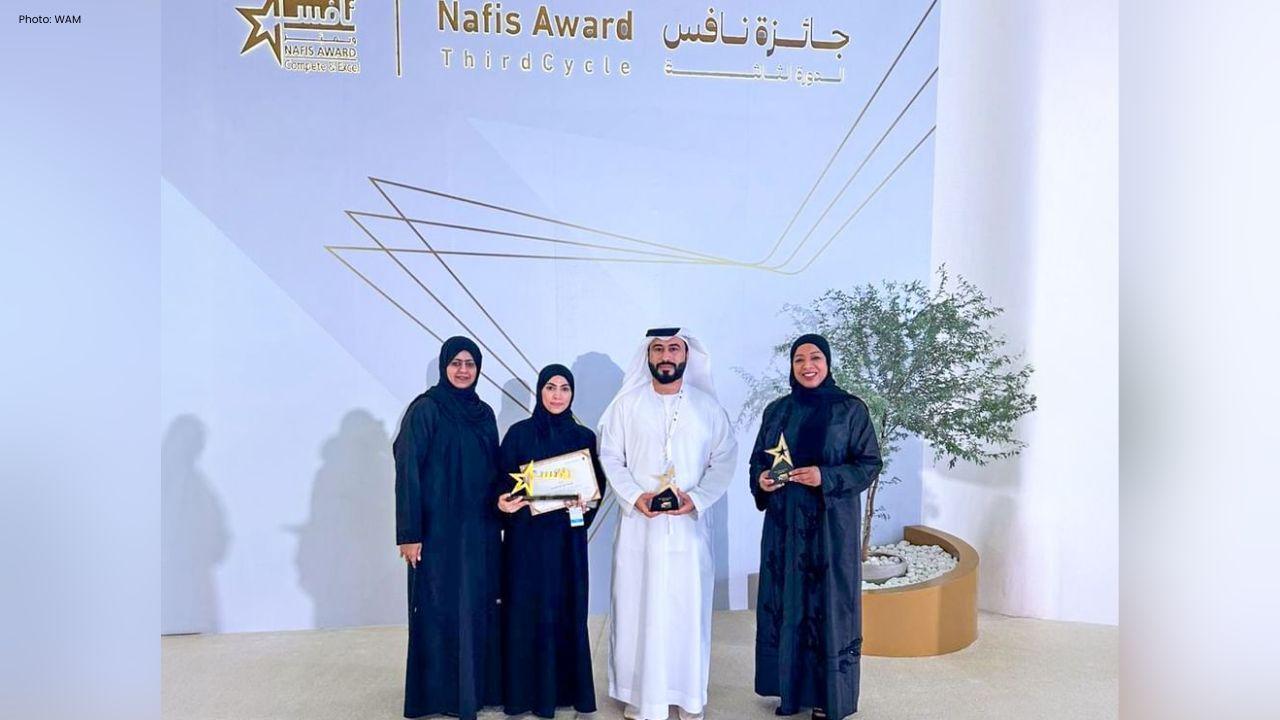






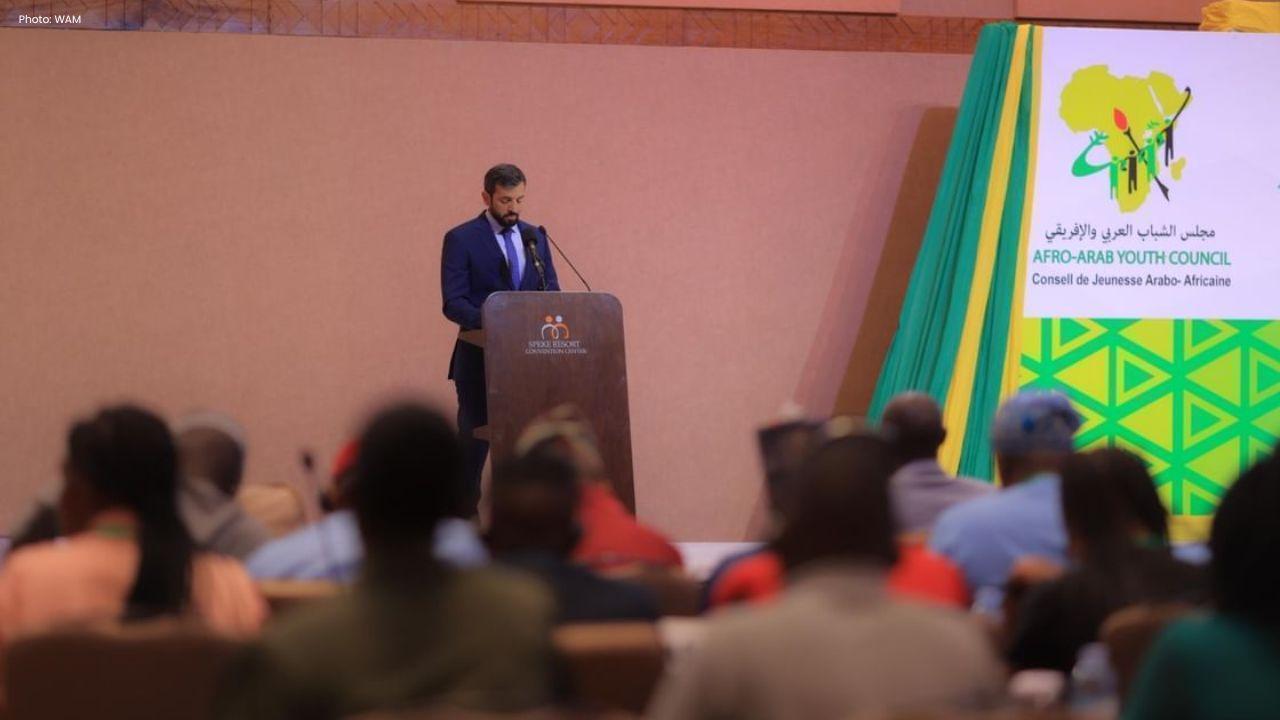
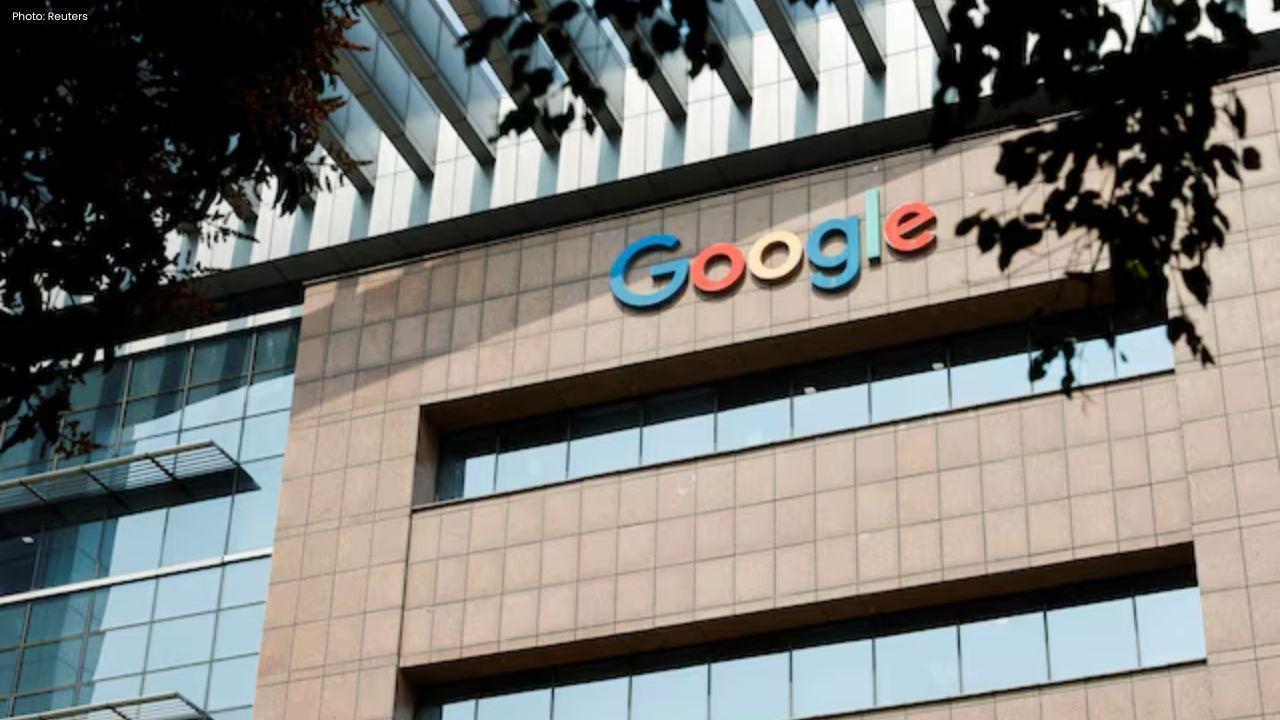
Google to Invest $15 Billion in India’s AI Data Hub
Google will invest $15 billion to build a massive AI data hub in southern India, marking its largest

Gautam Gambhir Praises Shubman Gill’s Leadership Success
India’s head coach Gautam Gambhir praised Shubman Gill’s leadership after the 2-0 Test series win ov

KL Rahul Guides India to Series Win Over West Indies 2-0
India defeated West Indies by seven wickets in the second Test, sweeping the series 2-0 with KL Rahu
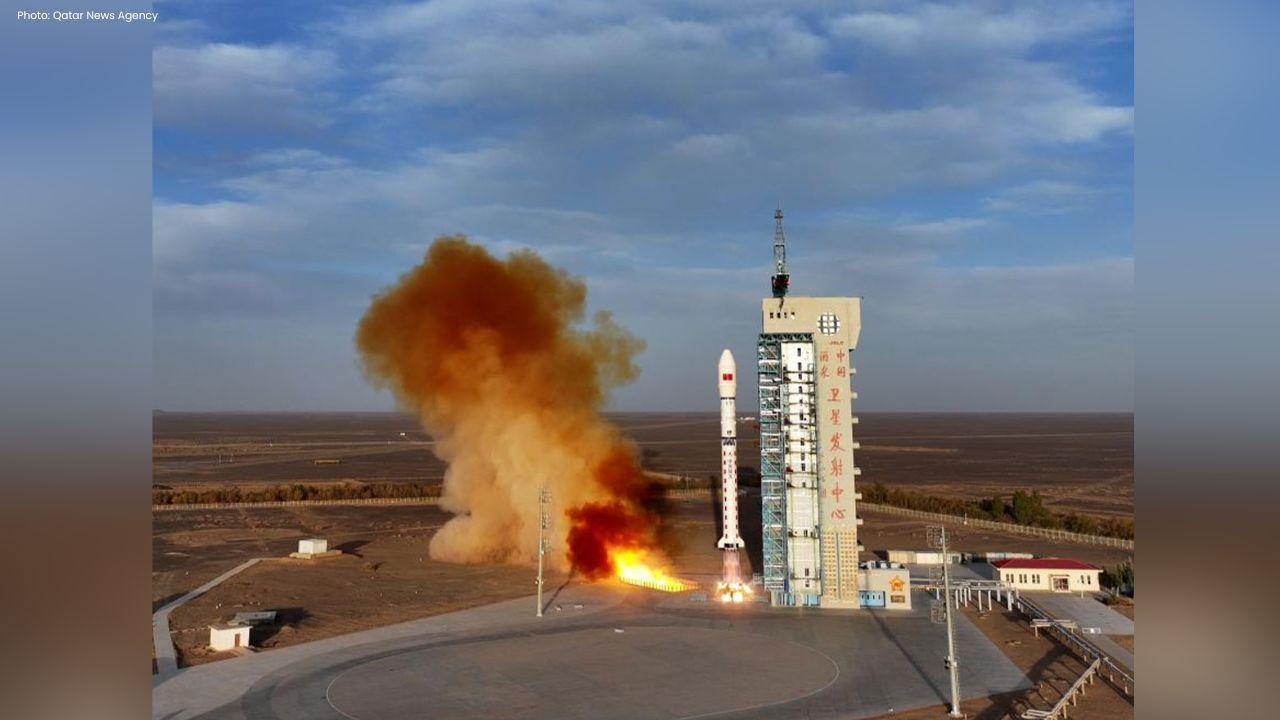
China Launches Shiyan-31 Test Satellite Successfully
China successfully launches Shiyan-31 satellite to test optical imaging technology, marking the 599t

Coach to Decide if Messi Plays Against Puerto Rico
Argentina coach Lionel Scaloni will decide Lionel Messi’s participation against Puerto Rico after fi

Pedri Credits Ferran Torres For Support And Guidance
Pedri highlights Ferran Torres’ support and guidance, saying strict advice and teamwork keep him mot